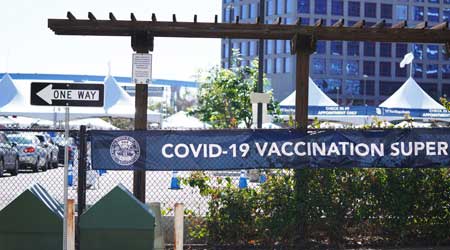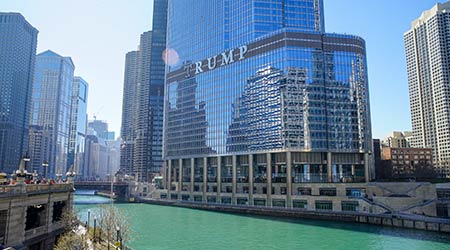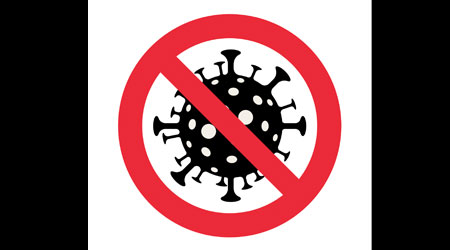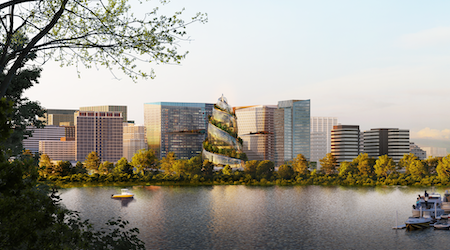
Deferred Maintenance Complicates COVID-19 Measures
February 12, 2021
As many of the nation’s K-12 schools begin preparing to receive students and staff full-time — sometimes after nearly a year of going unoccupied — facility condition is a top priority, since the health of occupants is crucial. The heightened scrutiny of schools also is exposing a huge hurdle on the path to healthy facilities and learning environments — deferred maintenance. Consider the situation in two school districts.
With preparations underway to reopen Clark County (Nev.) School District buildings for the first time since March, the district’s facilities are back in the spotlight. Ranging from a few months to nearly 100 years old, the 400 buildings need $7.9 billion in modernization, life cycle and equity updates, including deferred regular maintenance, according to the Las Vegas Review-Journal.
By late 2019, they also amassed a backlog of around 15,000 maintenance requests for HVAC, plumbing and structural repairs and earned a stark warning from then-facilities chief David McKinnis that some were “dangerously close to imminent failure.” The school district says workers have been on campuses throughout building closures to reduce the maintenance backlog, keep up facilities and improve ventilation critical to mitigating the spread of airborne germs like the new coronavirus. This work has nearly halved the maintenance backlog from 15,000 to 8,000 requests, according to the district.
In Newcomb, New Mexico, the Central Consolidated School District’s capital budget of $3.1 million simply cannot cover all the construction and maintenance needs, says Candice Thompson, the district’s director of operations, adding that the shortfall forces administrators to be creative in how they address those issues.
The district’s dilemma is one faced by many districts in the northwestern part of the state that struggle to build and maintain infrastructure designed to accommodate and educate kids, according to the Santa Fe New Mexican. The districts are cash-strapped when it comes to funds for facilities because they can’t generate enough revenue through property taxes to repay general obligation bonds needed for improvements. Too much of the land within their boundaries is classified as tax-exempt federal or tribal property.
Dan Hounsell is editor of Facility Maintenance Decisions.
Next
Read next on FacilitiesNet












